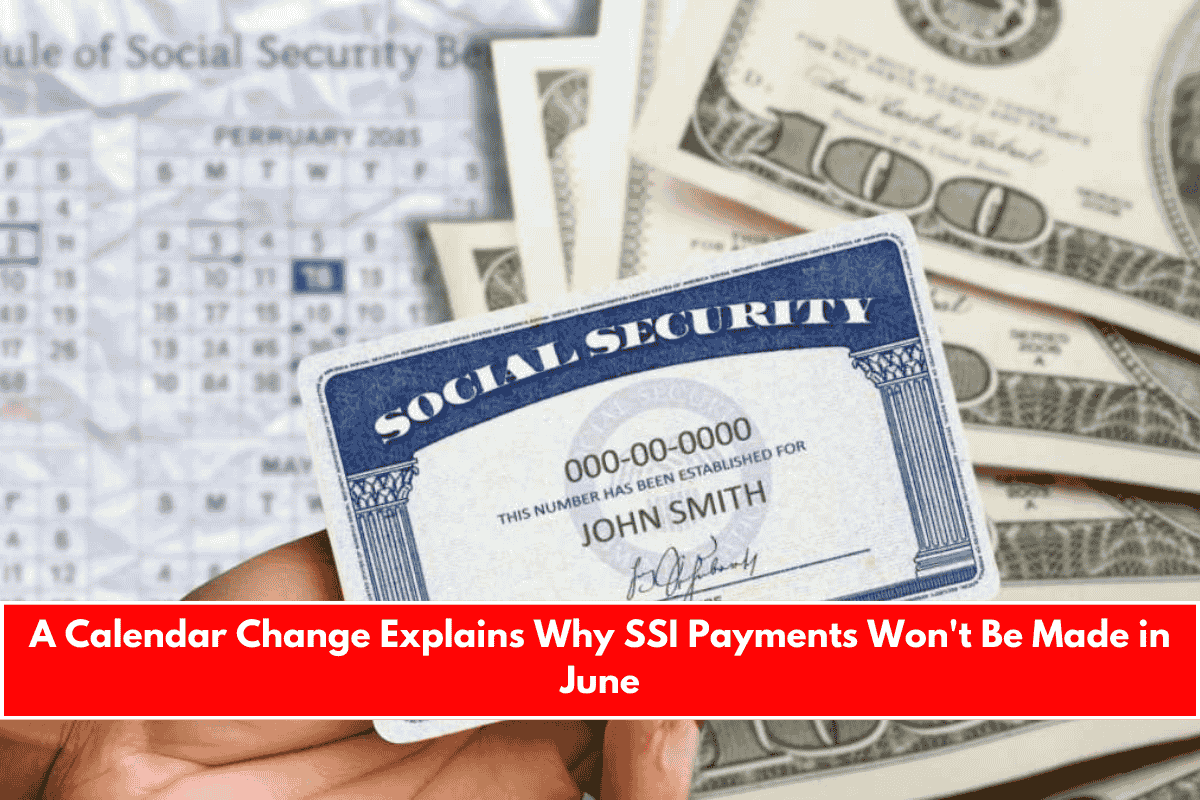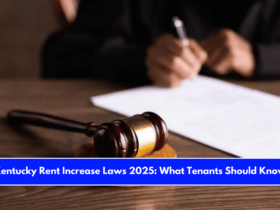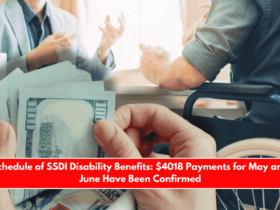If you receive Supplemental Security Income (SSI), you might be surprised to see no payment in June 2025. But don’t worry—it’s not a mistake or a benefit cut. It’s just a regular schedule adjustment made by the Social Security Administration (SSA).
SSI is usually paid on the first of each month. But if that date falls on a weekend or holiday, the SSA sends the payment earlier on the last business day before the weekend. That’s exactly what happened for June.
Why There’s No SSI Payment in June 2025
In 2025, June 1st falls on a Sunday. Because of this, the SSA moved the payment to Friday, May 30th. So, you actually received your June SSI check early, even though it was still meant for June.
This means you’ll see two payments in May—one on May 1st (for May), and the other on May 30th (for June). There will be no SSI deposit in June, but things will go back to normal the following month.
When Does the SSI Payment Go Back to Normal?
The regular schedule resumes in July, as July 1st is a Tuesday. So, from that point, payments will be back on track.
Other 2025 Months with Early SSI Payments
Here’s a simple month-by-month look at the remaining 2025 SSI payment schedule:
- July 1 (Tuesday): Normal payment.
- August 1 (Friday): Normal payment.
- August 29 (Friday): Early September payment, since September 1 is a Monday holiday.
- October 1 (Wednesday): Normal payment.
- October 31 (Friday): Early November payment, since November 1 is a Saturday.
- December 1 (Monday): Normal payment.
- December 31 (Wednesday): Early January 2026 payment, since January 1 is a holiday.
Make sure to plan your budget for months with early payments, especially when there’s a gap in deposits, like in June.

How Much Can You Get from SSI in 2025?
For 2025, the federal maximum SSI benefits have slightly increased:
- Single individuals: $943 per month
- Couples (both receive SSI): $1,415 per month
- Essential persons (caregivers): $472 per month
Keep in mind that actual amounts may differ, depending on your income, savings, and the state you live in. Some states offer extra help, so you may get more than the federal amount.
Can You Get SSI with Other Benefits?
Yes, you can combine SSI with other benefits, but your total income matters. SSI is for people who have low income and few resources, like seniors, people with disabilities, or the blind.
If you get other benefits—like Social Security Retirement, SSDI, or state help—it could affect how much SSI you receive. The SSA counts your total income to decide your final SSI amount.
Here’s How Other Income Affects SSI:
- If you get a small Social Security pension: You might still qualify for SSI, but your SSI amount will be reduced.
- If you get SSDI: You can sometimes receive both, but if your SSDI is high, you may lose your SSI.
- If you receive state aid (like rent help or food stamps): Some programs don’t affect your SSI, but others might.
It’s important to report any changes in your income or financial situation. If you start working, get an inheritance, or your living situation changes, the SSA will review your eligibility. You might lose or reduce your SSI if your resources go over the limit.











Leave a Reply